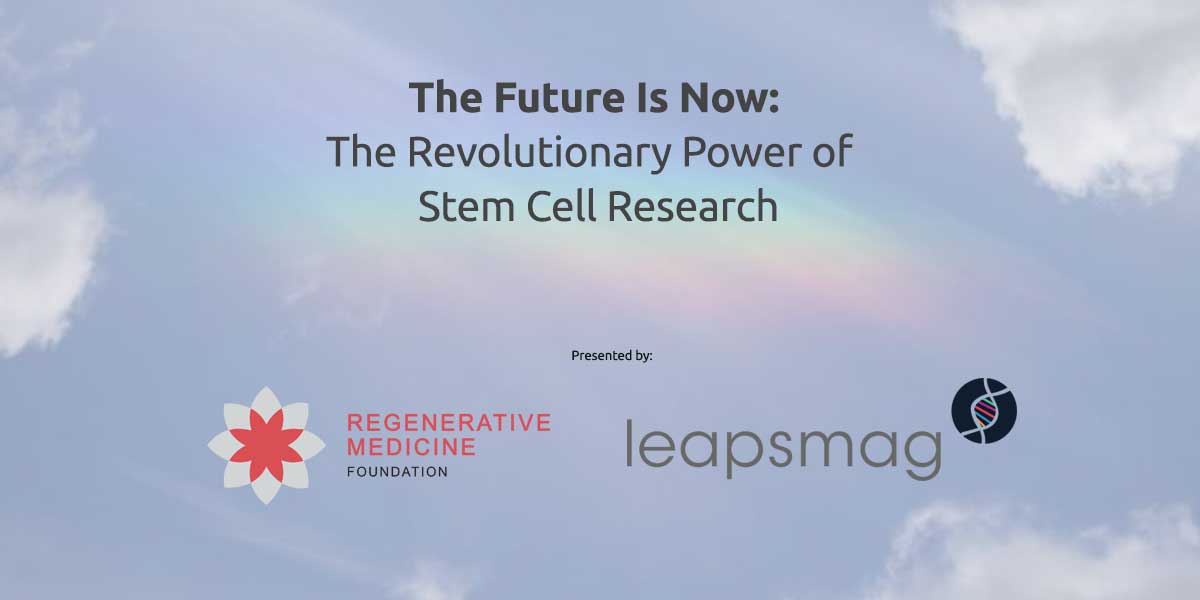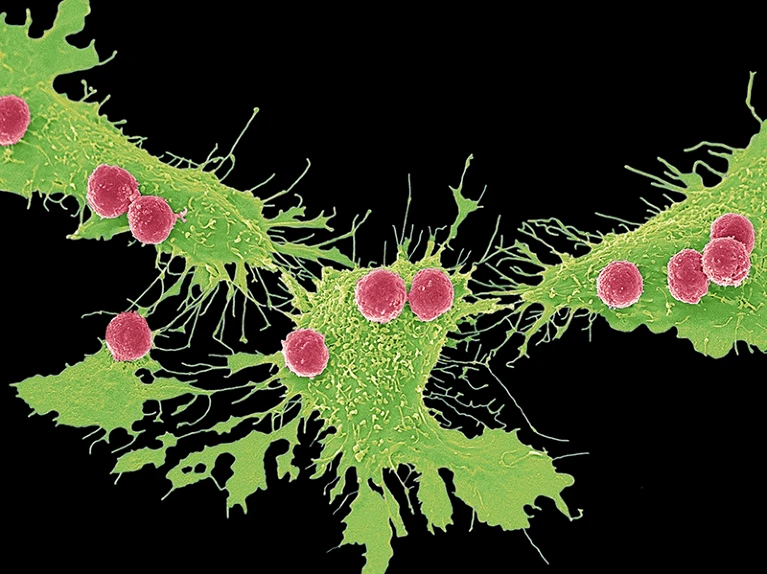by By Kathy Liszewski – Genetic Engineering & Biology News –
Novel allogeneic stem cells and differentiated iPSCs are providing more physiologically relevant disease models
From axolotls to zebrafish, stem cells possess remarkable regenerative abilities, enabling them to restore lost limbs and repair damaged organs. These extraordinary capabilities, however, are not fully mirrored in humans. Despite the significant potential of human stem cells for treating a wide range of conditions, the field is still developing, especially as more physiologically relevant stem cell assays emerge.
Human stem cells are broadly classified into three principal categories: embryonic stem cells (ESCs), adult stem cells (ASCs), and induced pluripotent stem cells (iPSCs). ESCs are pluripotent cells derived from early-stage embryos that have the capacity to differentiate into nearly any cell type. ASCs, in contrast, are multipotent and primarily differentiate primarily into the cell types of their tissue of origin. Human iPSCs represent a significant scientific breakthrough, whereby somatic cells such as those from skin or blood can be reprogrammed to a pluripotent state through the introduction of specific transcription factors and conditions.




